A new Gilded Age of rail travel begins with the relaunch of Orient Express.
Rome, Italy
A proper welcome at Rome’s Ostiense station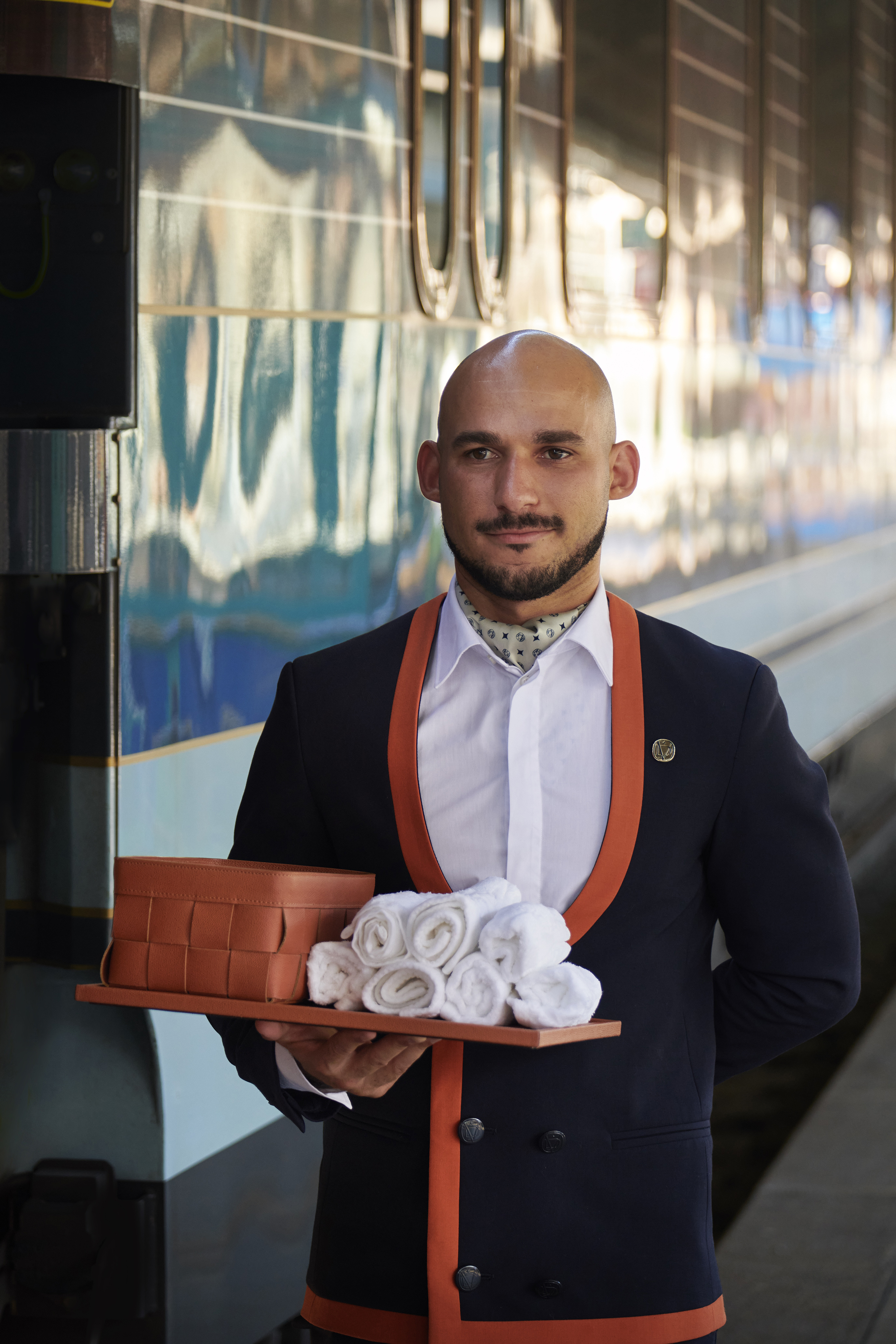
It was 200 years ago when the world's first railroad opened in the Northeast of England. The service covered just 11 miles, with passengers crammed onto a single coach - a converted coal wagon with a makeshift roof, no windows, no suspension and even less comfort.
I reflect on this as Cristiano Natoli, my own personal conductor (the train's equivalent of a butler), escorts me to my gleaming suite aboard the 30-cabin La Dolce Vita, the latest incarnation of the Orient Express - the brand that revolutionized train travel in the 19th century and became synonymous with stylish opulence.
A suite on La Dolce Vita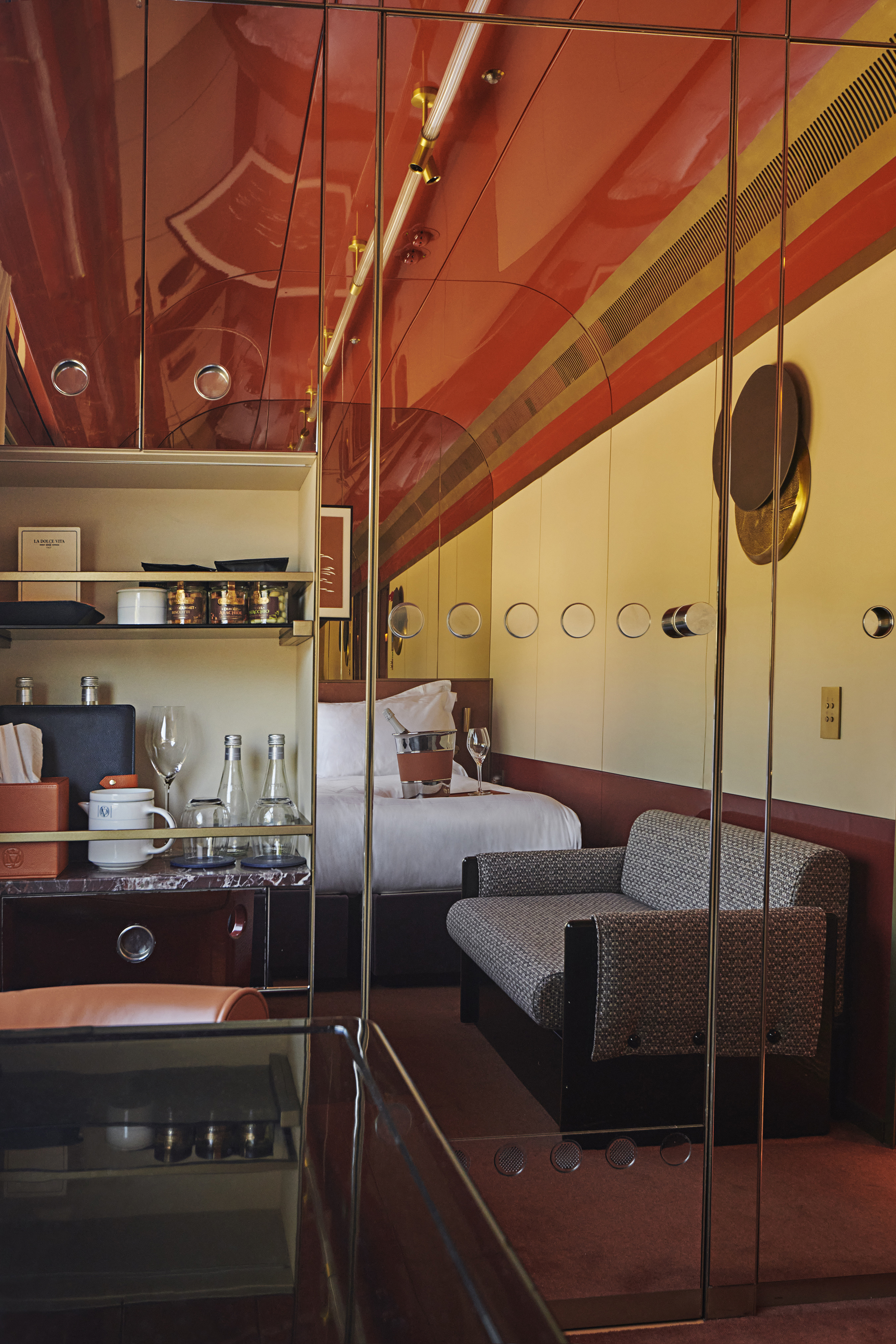
My suite displays a spectacular blend of sleek lines and retro accents in shades of burnt orange and ripe plum that evoke the golden age of Italian glamour so vividly captured in Fellini's La Dolce Vita (the sweet life). Natoli pours me a glass of Champagne before pointing out the room's many modern luxuries, amenities that would've been unimaginable to those earliest of train travelers: air-conditioning, a 24-hour room-service menu, the minibar, mood lighting, a mosaic-tiled en suite bathroom and sumptuous double bed. Then, with a courteous "Buon viaggio!" he's gone, leaving me to begin this, the second part of my Orient Express adventure.
Signature suite living room at Orient Express La Minerva hotel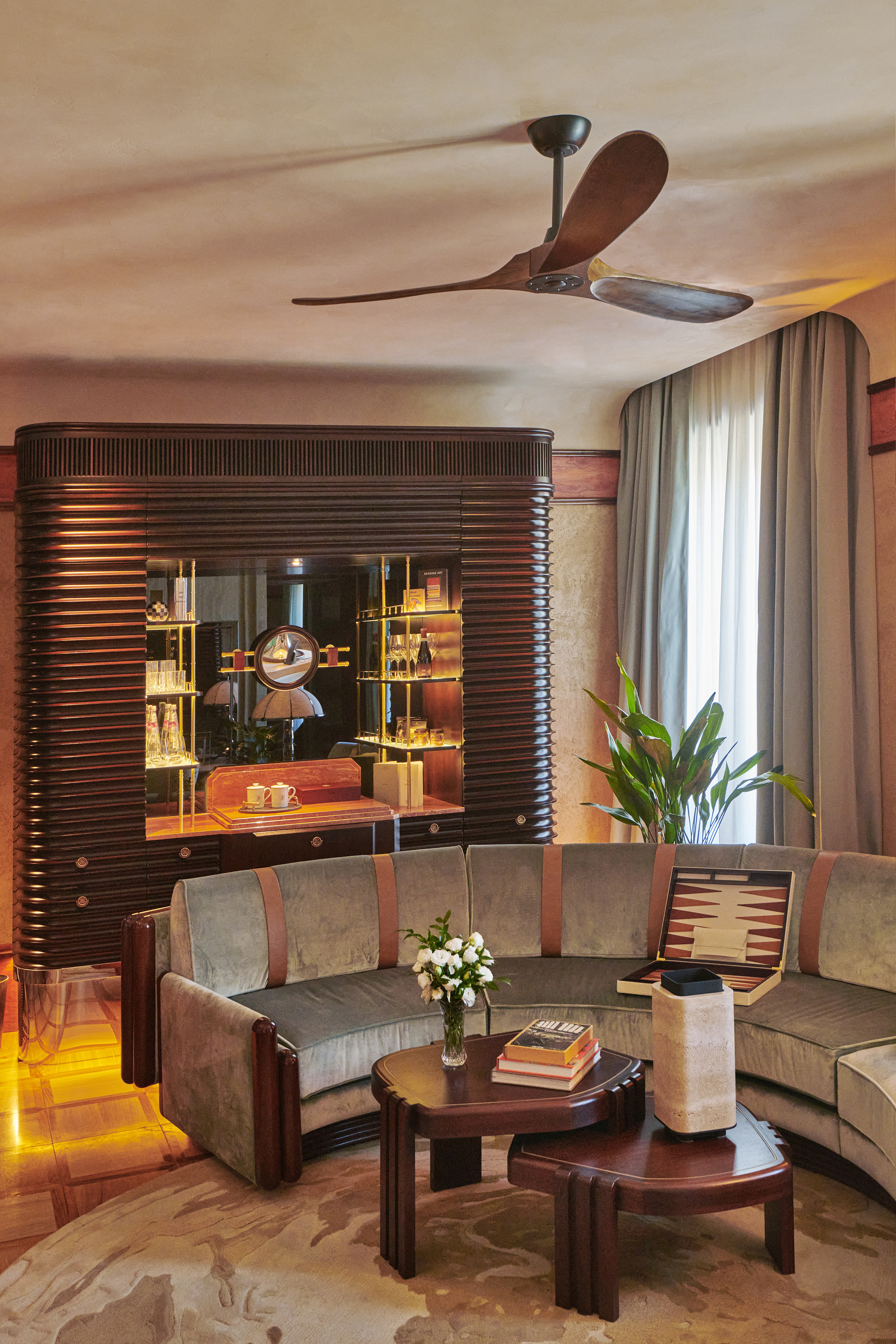
The journey had begun a couple of days earlier with a stay at Orient Express La Minerva, the brand's return to hotels. La Minerva occupies a 17th-century palazzo in the heart of historic Rome, birthplace of an empire and the cradle of Western civilization. Some of the city's most significant sights are easily admired from the rooftop terrace - I spot St. Peter's Basilica and the 2,000-year-old Pantheon - while sipping a Lipari (the bar's signature cocktail, made with gin, tarragon, orange and elderflower) or feasting on a plate of red-prawn carpaccio with citrus and pink pepper.
The Flavian Amphitheatre, aka the Colosseum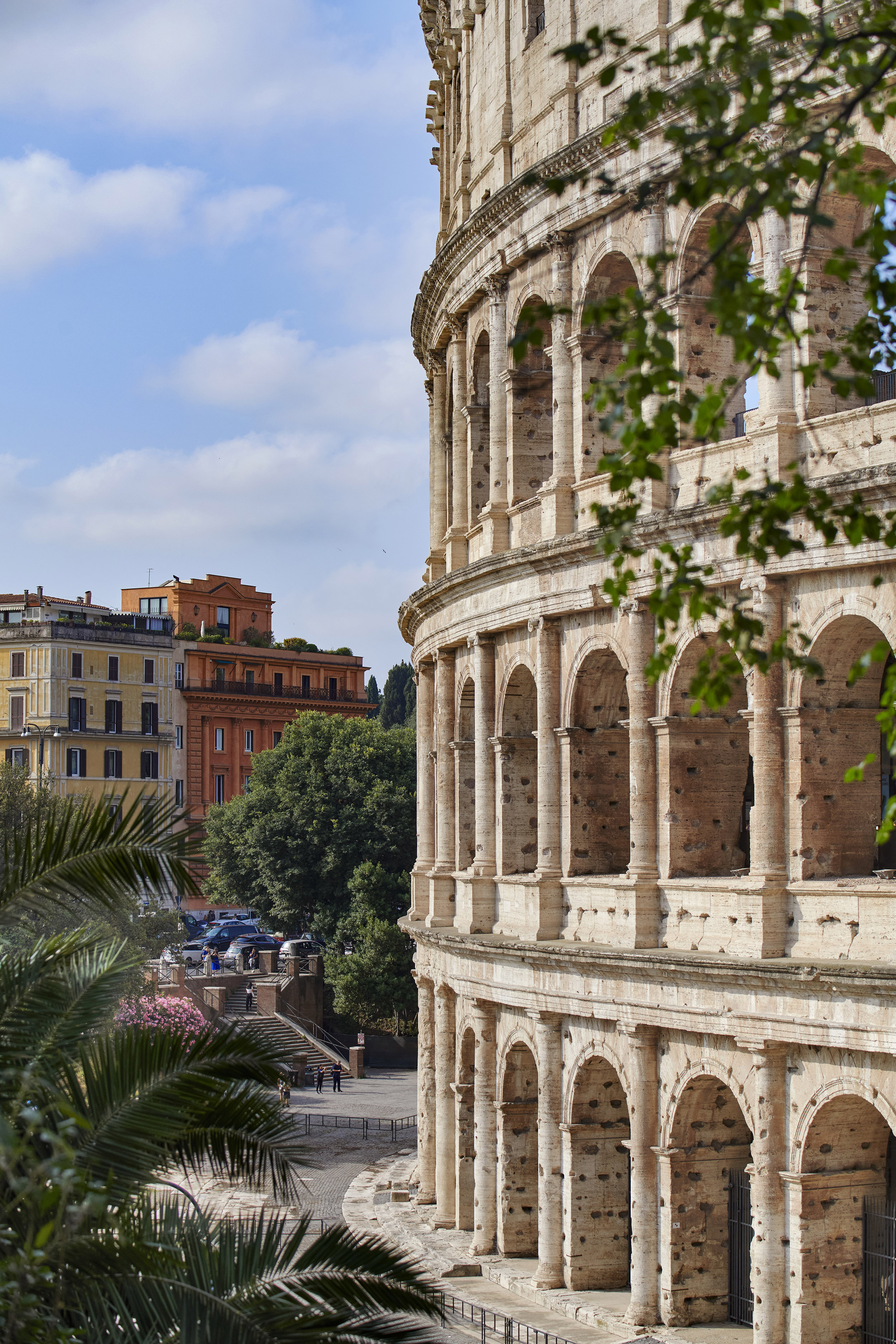
After a far-too-brief stay, the hotel staff whisks me to Roma Ostiense station to board La Dolce Vita. At the appointed hour, our train nudges away from the platform in the buttery afternoon light, leading a snake of 12 handsomely liveried carriages off toward Basilicata in the country's languid South - until now, an unfamiliar route for luxury train travel.
The dining car, ready for service. 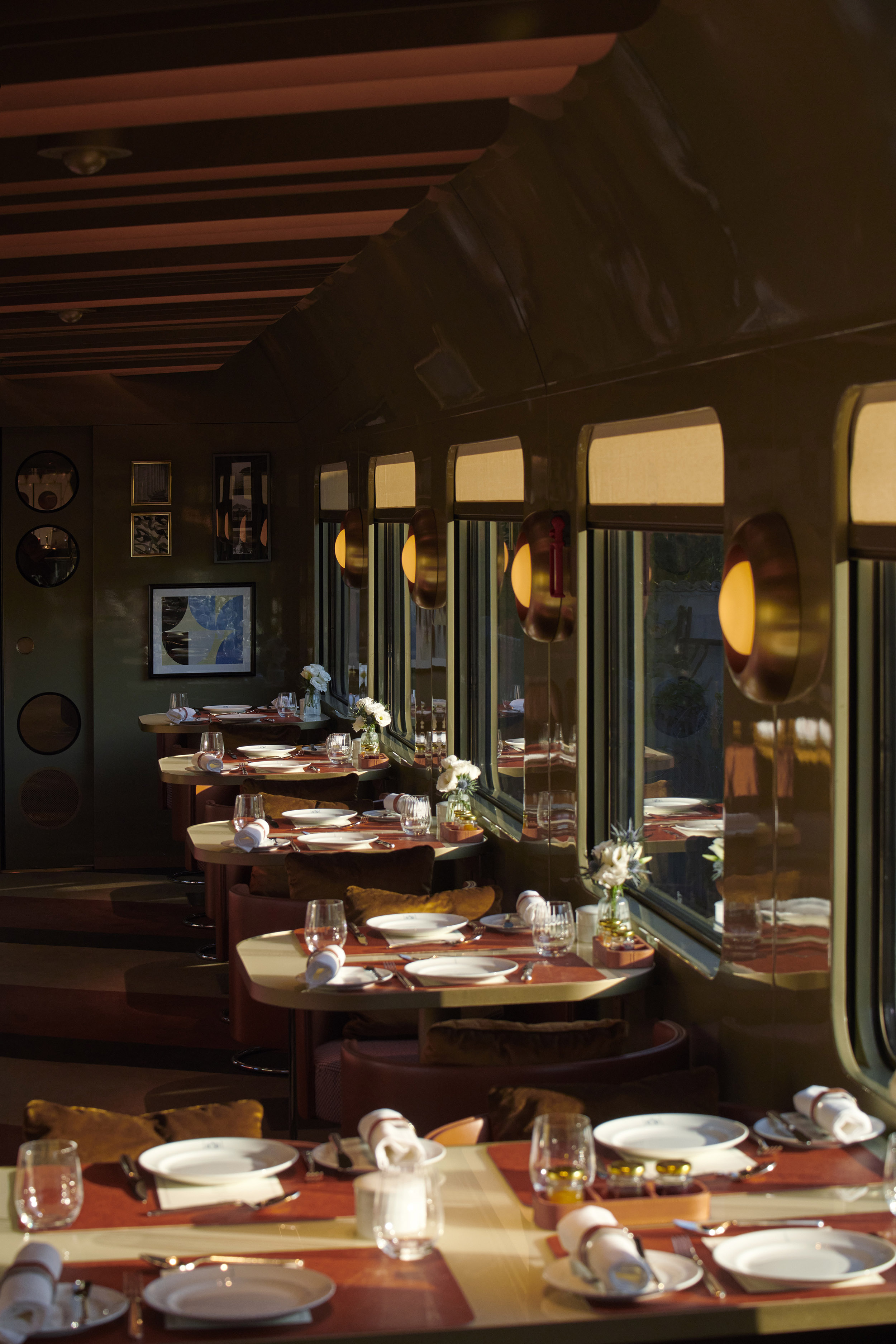
The first highlight of this two-night loop quickly proves to be the dining car, bathed in the warm, Aperol-orange glow of its bespoke, mid-century-modern lighting. It soon rings with the gentle chime of fork tines on porcelain and the soft clink of crystal glasses raised in a toast as the impeccably uniformed staff present a seven-course celebration of Italian cuisine from Heinz Beck (of Rome's Michelin-starred La Pergola, among others). On the menu: turbot with licorice, charred fennel and bergamot, and orecchiette tossed with turnip tops and ocean-fresh frutti di mare.
Pasticcini delivered to a suite on board La Dolce Vita.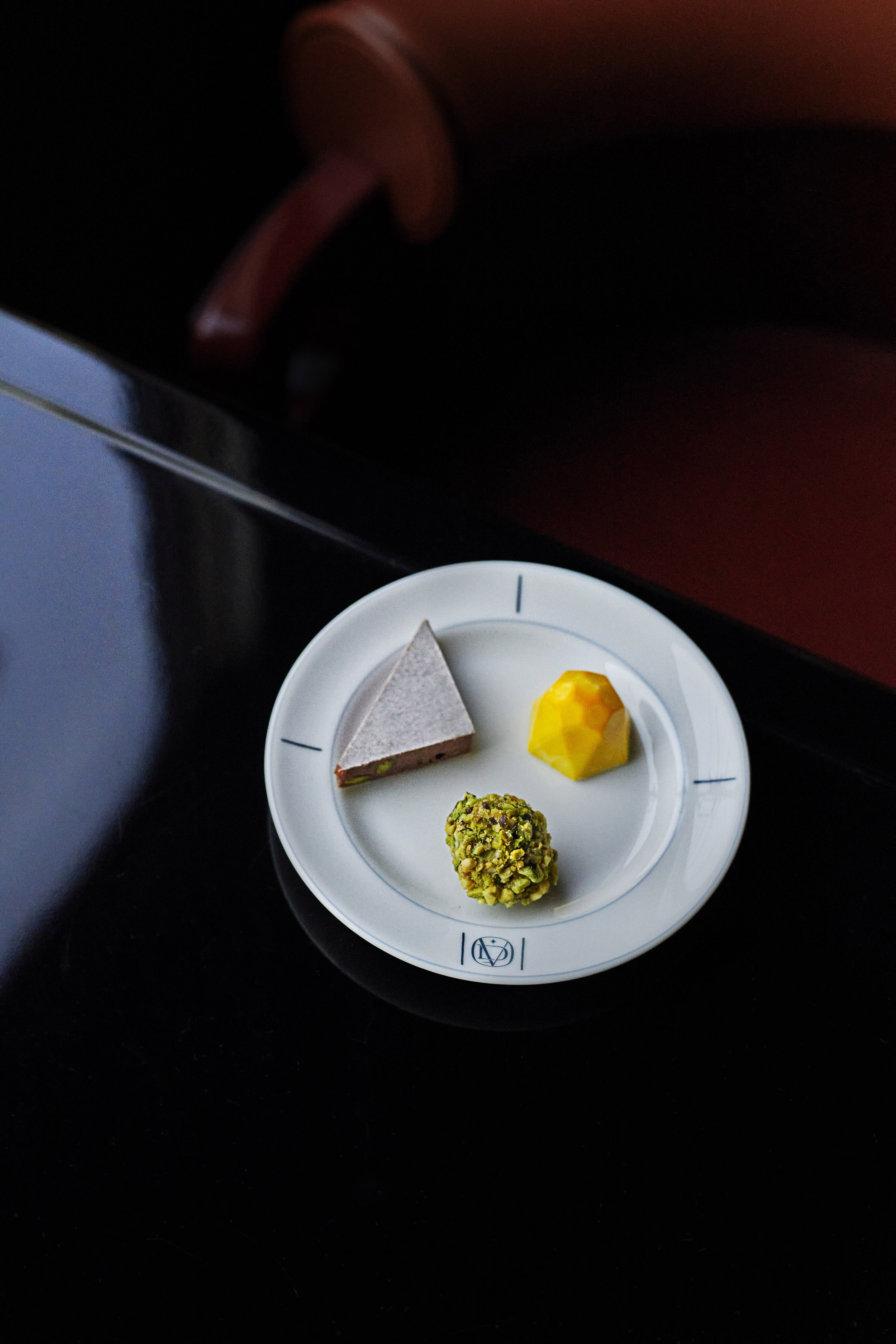
Contented after a round of digestivi, I retreat to my cabin, where I slumber through the starry night as we gently tremble toward Matera, in Basilicata - the "instep" region of Italy's boot, located between the Puglian "heel" and Calabrian "toe."
A sweet sunset in Matera.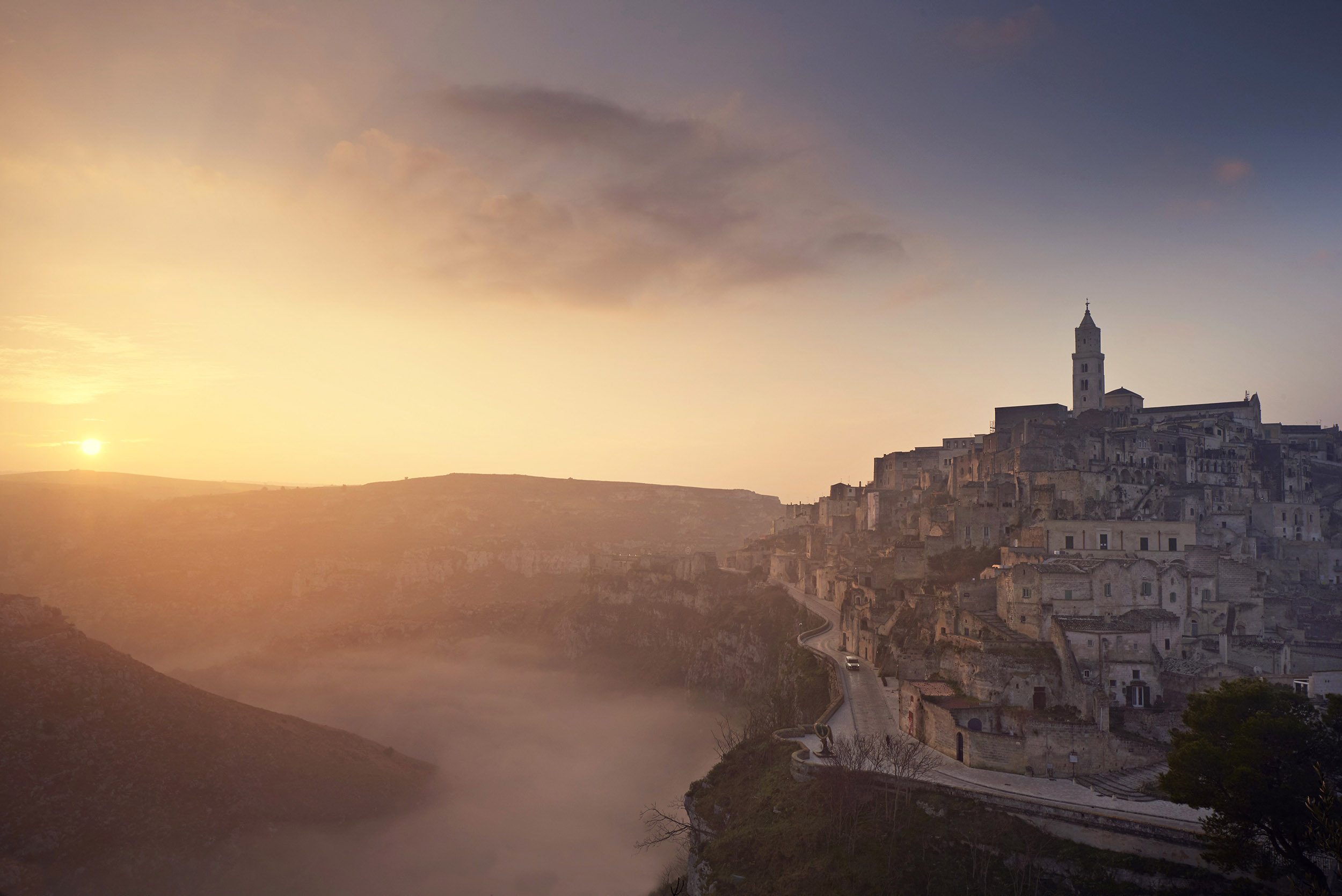
While Rome is undeniably ancient, Matera is literally Neolithic. The UNESCO-listed landscape dates back at least 10,000 years. At its core is an area known as the Sassi (stones), a sprawling village of man-made cave dwellings gouged from the honey-hued limestone - among the oldest habitations on Earth - that now house trendy boutiques, restaurants, hotels and second homes.
The ancient Chiesa di Santa Lucia alle Malve in the Sassi de Matera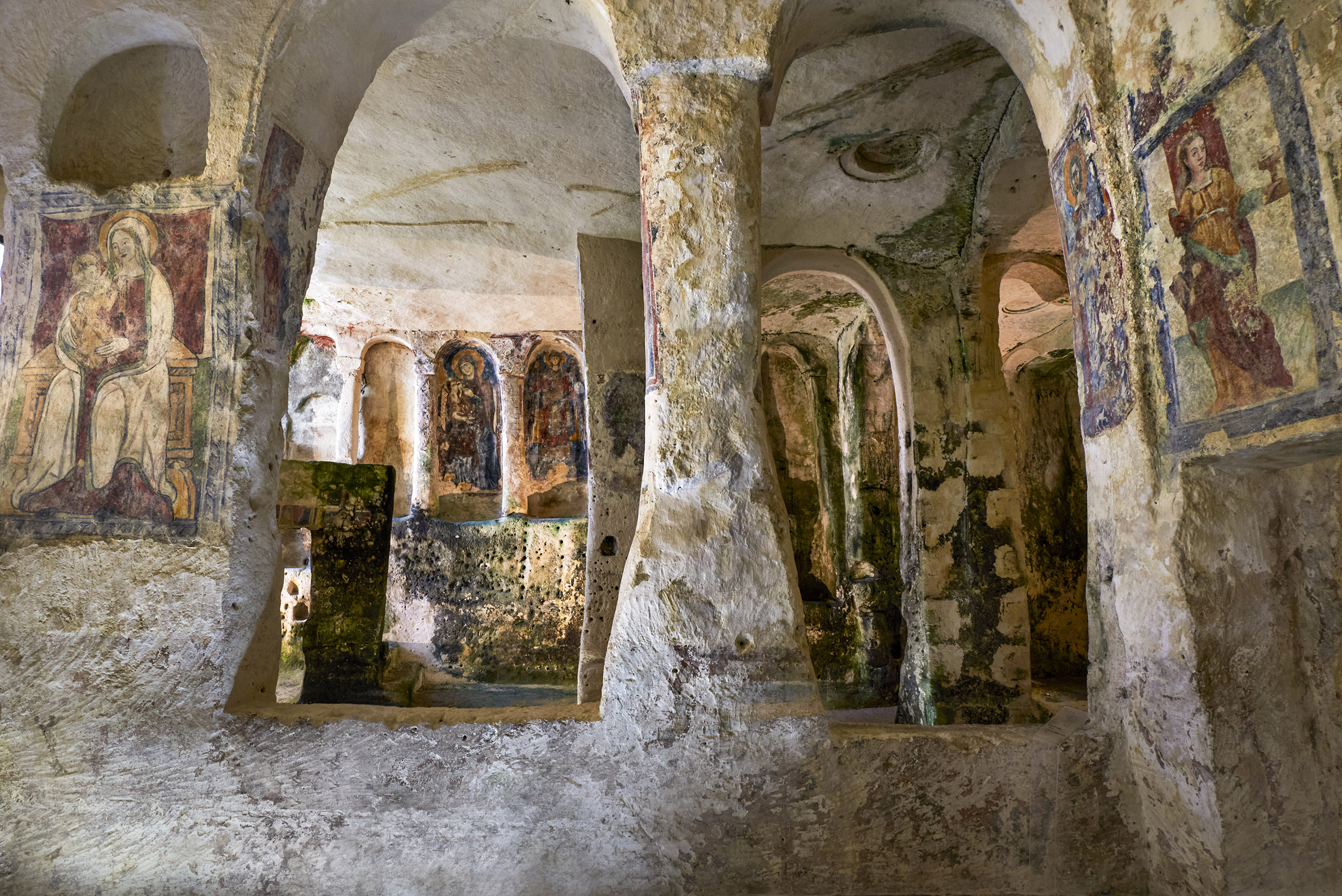
The area is also dotted with more than 150 rupestrian churches hand-carved by Benedictine monks in the Middle Ages. The most astonishing of these is the Crypt of Original Sin, adorned with vibrant frescoes that have endured for more than a thousand years, earning it the moniker "The Sistine Chapel of Rupestrian Art."
Pane di Matera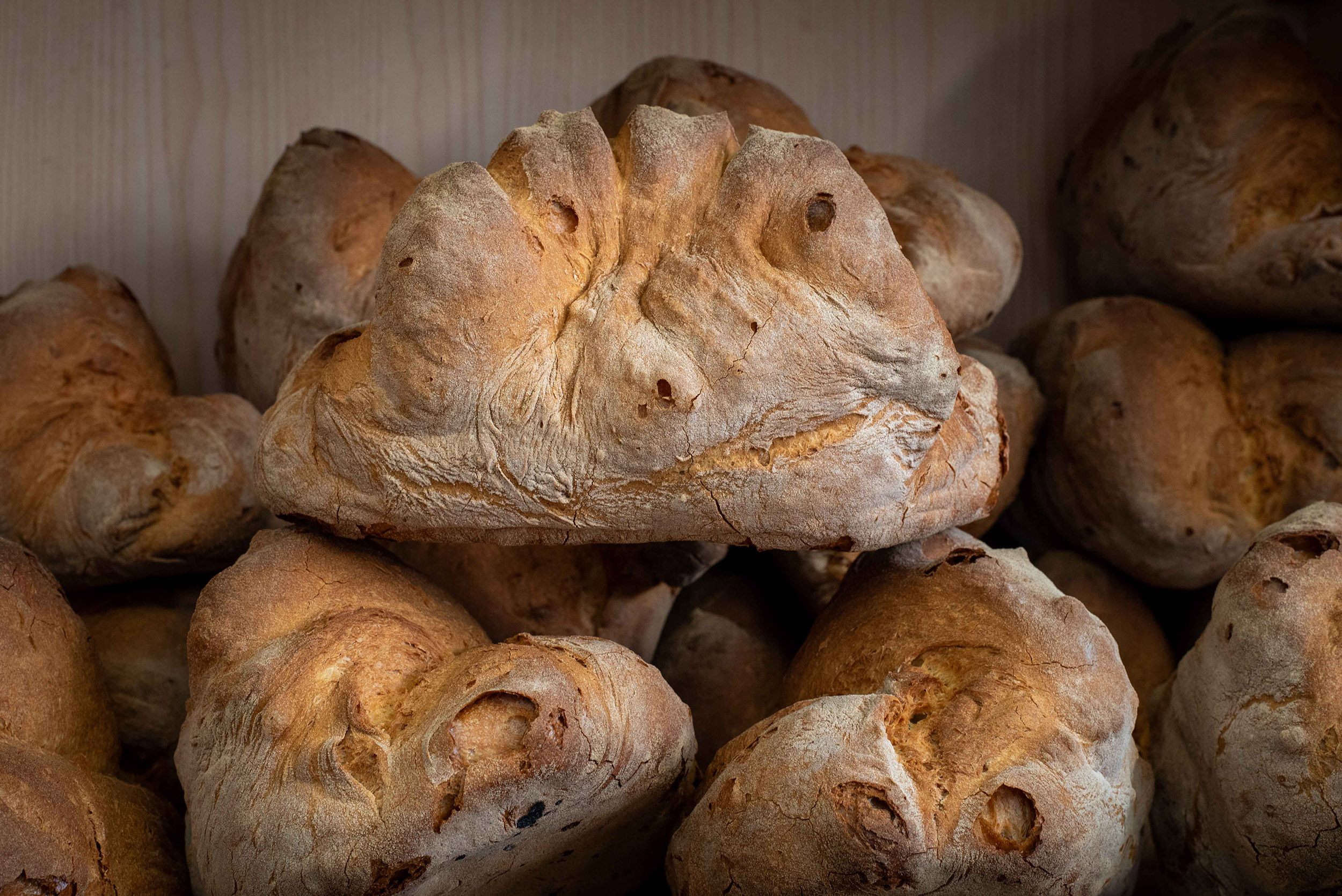
My privately guided city tour - everyone chooses their own excursion at each stop - unveils Matera's culinary treasures, including sun-dried Italian peppers known as peperoni cruschi, made from a variety introduced by 17th-Century Spanish conquistadors, and pillowy Pane di Matera, the local bread with a thick crust slashed three times to symbolize the Holy Trinity.
Lollipop of cod with peppers and raspberries from Vitantonio Lombardo.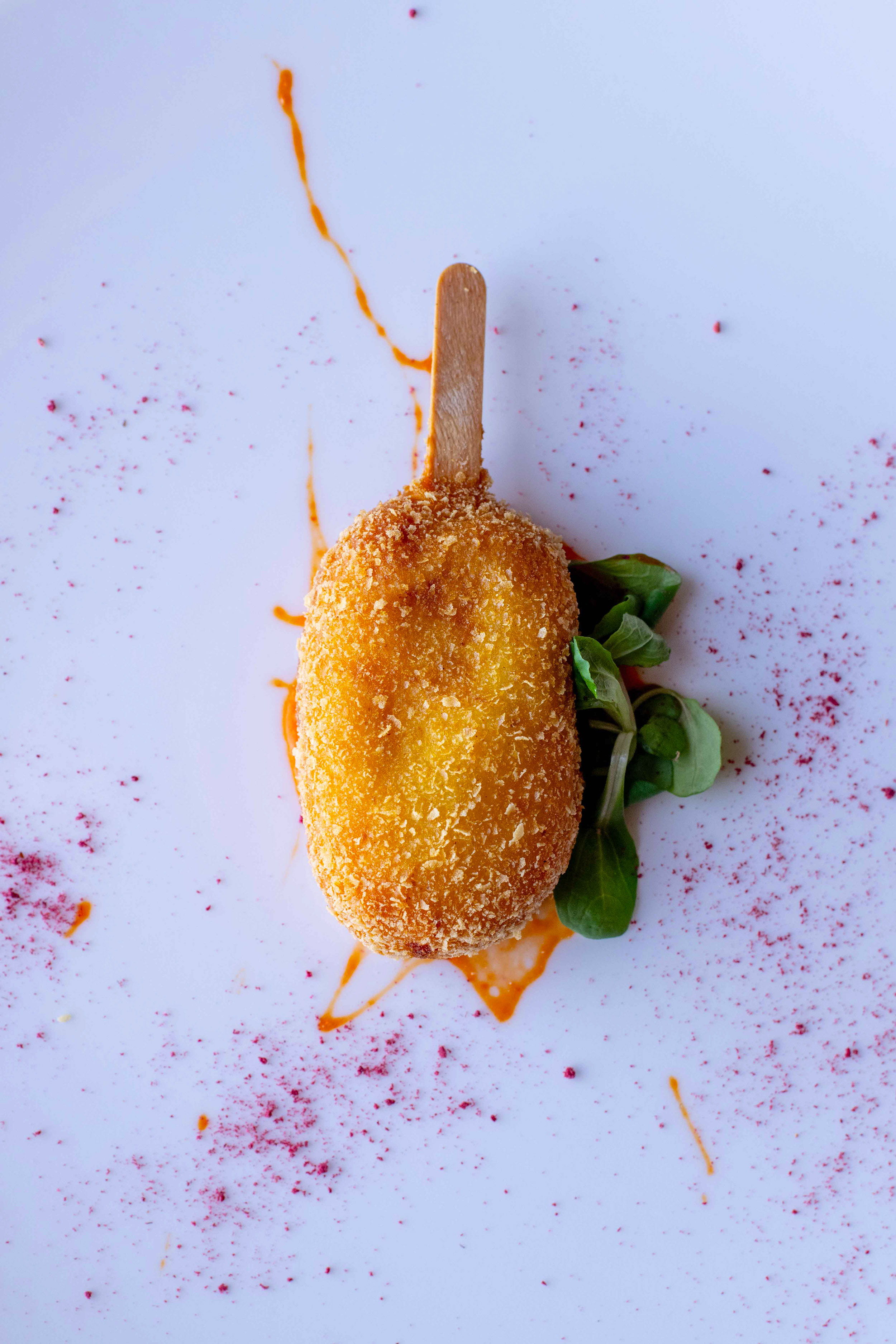
The most elevated dining experience in Matera is Vitantonio Lombardo, the world's only Michelin-starred cave restaurant, where the lunchtime tasting unfolds like pure theater. The curtain rises to a lollipop of cod with peppers and raspberries, then later closes to a sphere of dark chocolate speckled with edible gold. The maitre d', Donato Addesso, cracks the latter open with a tiny hammer, revealing - Matryoshka-style - smaller balls inside that have been fashioned from white chocolate, coconut and lemon. Addesso tells me the dessert was inspired by an annual festival in Matera, for which a grand papier-mache chariot parades through the streets before being gleefully destroyed by the crowd - an act that is said to bring good luck.
Aperitivo hour on La Dolce Vita.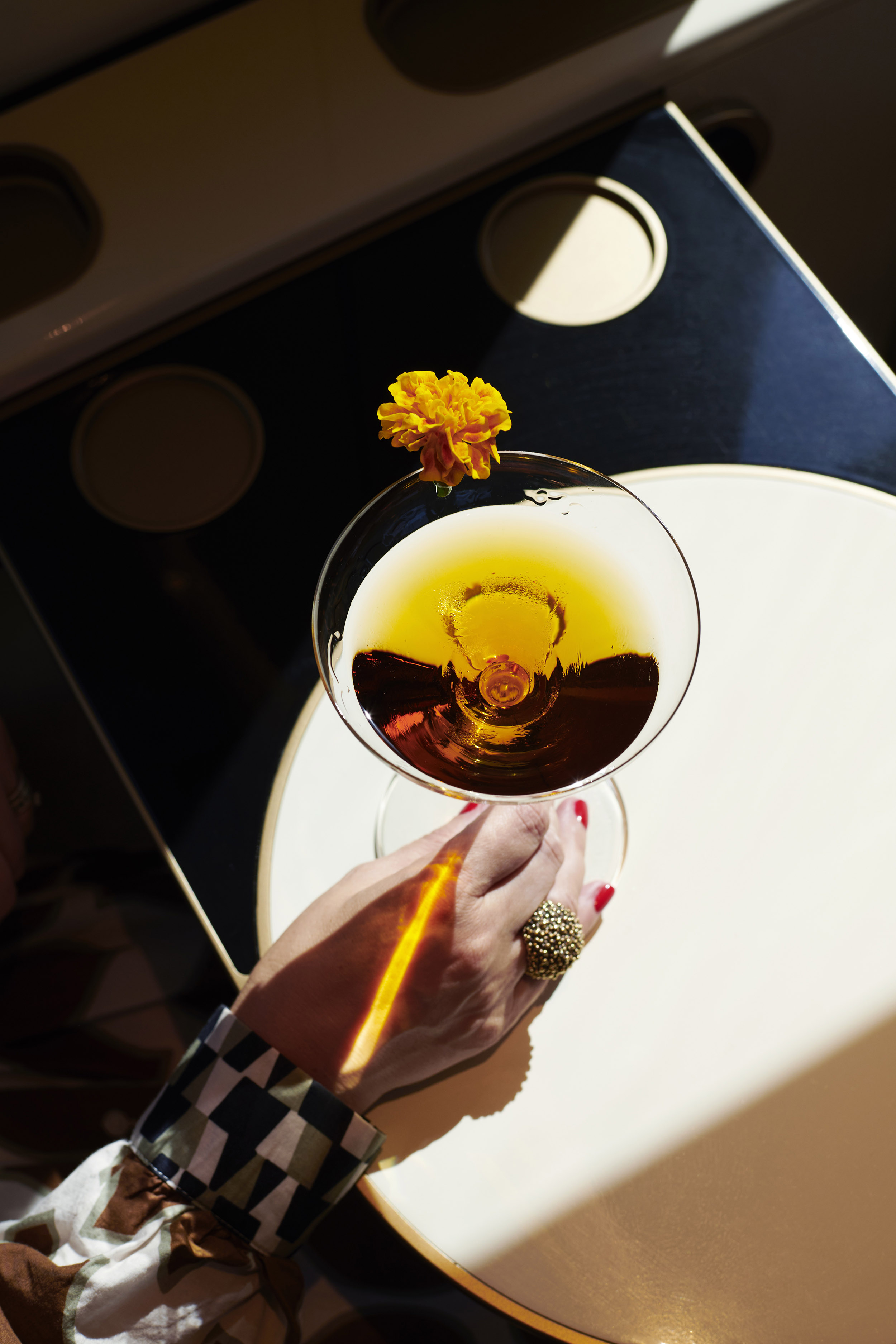
Shortly afterward, I am back on board the train, considering my own good fortune and sipping a citrusy negroni in the Lounge Bar car. In the two centuries since the first passenger-train service departed, travel may have evolved beyond recognition, but no transport will ever rival the romance of a sleeper train - and there can be few journeys so elegant, so atmospheric or so indulgent as a ride on the reimagined Orient Express.